Are you interested in the history and impact of religion? These are the top religion museums in Valencian Community:
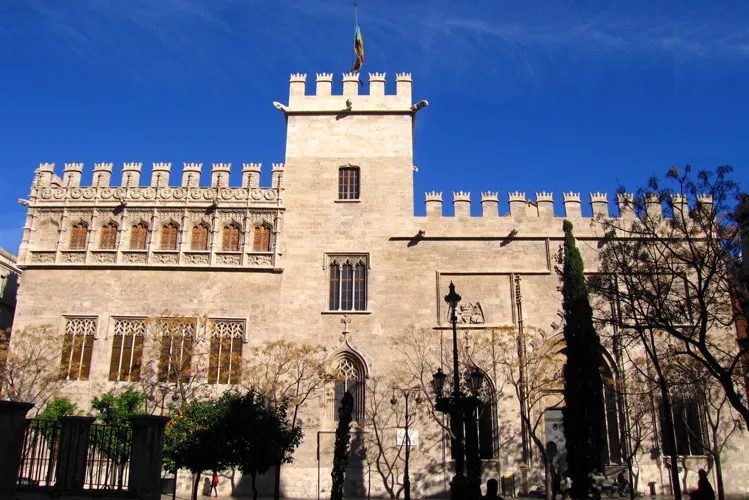
The Silk Exchange
ValenciaThe Silk Exchange, also known as Lonja de la Seda or Llotja de la Seda, is a significant historical building in Valencia, Spain. It showcases the late Valencian Gothic architectural style, making it a unique attraction for those interested in history and architecture.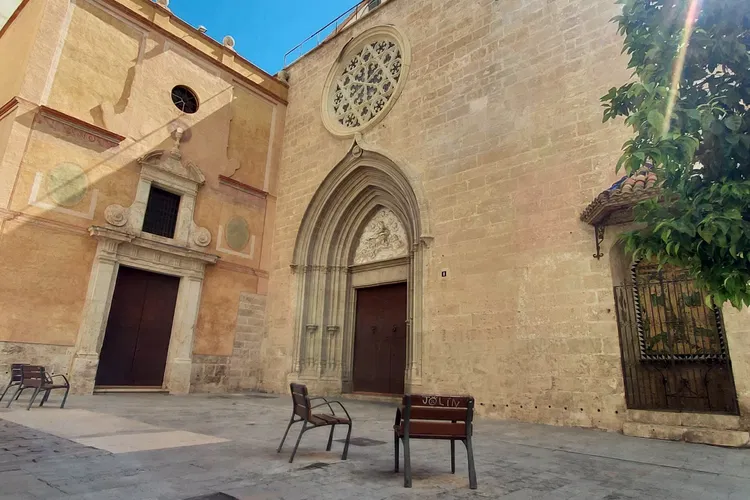
Church of San Nicolás
ValenciaThe Church of St. Nicholas and Peter, also known as the 'Sistine Chapel of Valencia', is one of the city's main attractions. Located in the El Carmen district in the historical center of Valencia, the church is renowned for its ceiling paintings. However, due to its location, it can be somewhat difficult for visitors to find as it is largely surrounded by other buildings.
Castillo de Santa Bárbara - Museo de la Ciudad de Alicante
AlicanteCastillo de Santa Bárbara (The castle of Santa Bárbara) is a castle in Alicante, on Mount Benacantil, a rocky mass with a height of 167 meters that borders the sea and from which you can see the entire bay of Alicante and its terrestrial surroundings, giving it a big strategic advantage. The Museo d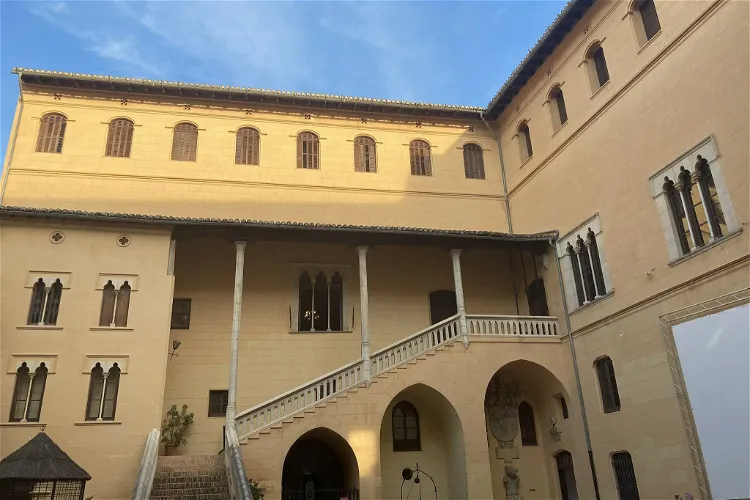
Ducal Palace of Gandia
GandíaThe Ducal Palace of Gandía, a significant monument in the city of Gandía, has seen numerous restorations over the years. This important example of Valencian civil Gothic architecture is a testament to the city's rich history and cultural heritage.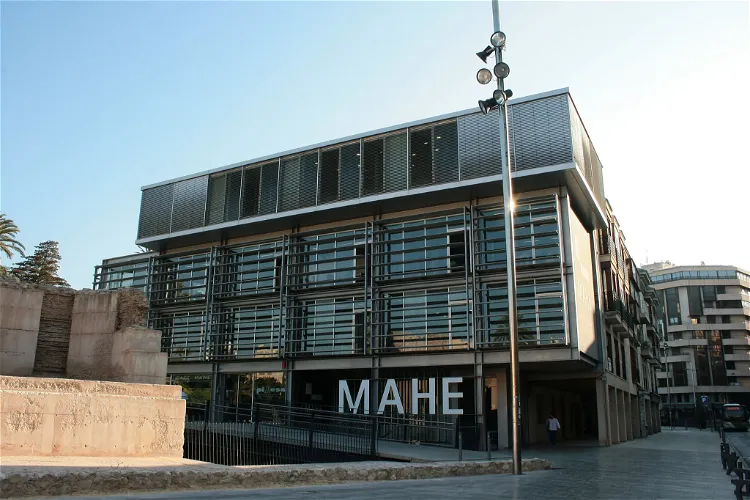
Museo Arqueológico y de Historia de Elche
ElcheThe Museo Arqueológico y de Historia de Elche (MAHE) is an archaeological museum situated in the Spanish city of Elche, within the province of Alicante. It is a significant regional archaeological reference point, offering a comprehensive overview of the city's various historical stages.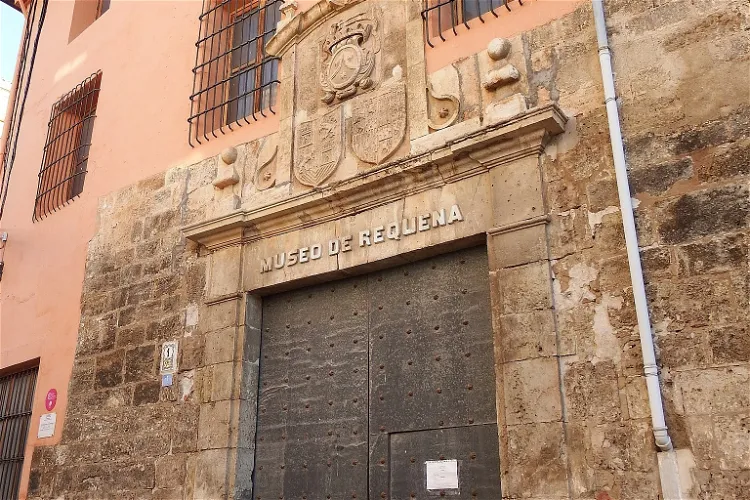
Municipal Museum of Requena
RequenaThe Municipal Museum of Requena, established in 1968, is housed in the historic convent of El Carmen. This location adds a layer of historical significance to the museum, making it a fascinating destination for those interested in the rich past of the region.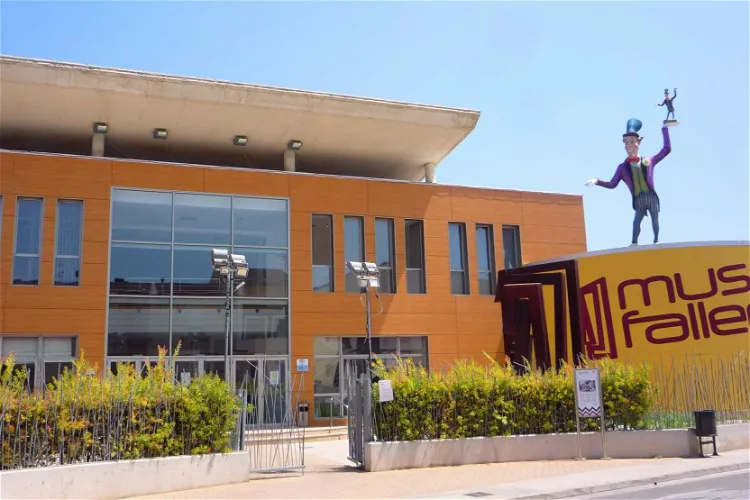
Faller Museum of Gandia
GandíaThe Faller Museum of Gandia, located in Valencia, is a unique institution dedicated to the interpretation of the Fallas festival. This museum provides an in-depth understanding of this traditional celebration, emphasizing the city of Gandia but not limited to it. It offers a general historical overview of the festival's origin and covers all aspects surrounding the Fallas activity, such as traditional clothing, pyrotechnics, Fallas literature, traditional music, and the monuments associated with the festival.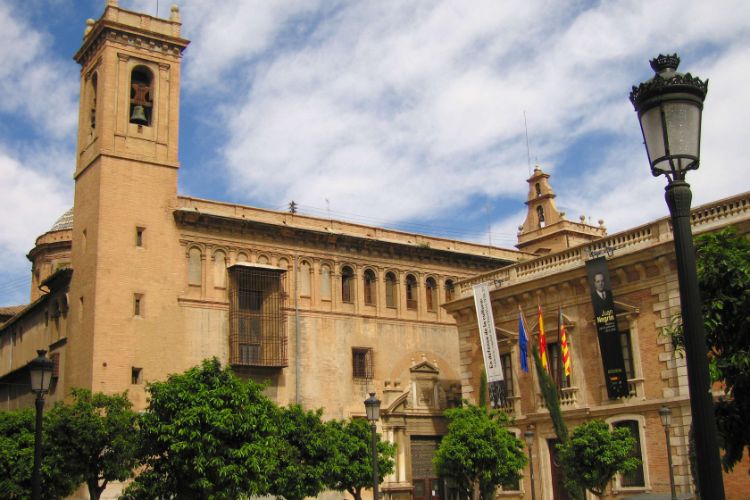
Museo del Patriarca
ValenciaThe Patriarca, Real Colegio and the Seminario del Corpus Christi are a church, a seminary and a college respectively. Work on the buildings began in 1586 and finished in 1610. The Patriarca in Valencia is a good examples of Renaissance architecture. In the Museo del Patriarca (the Musuem of the Patr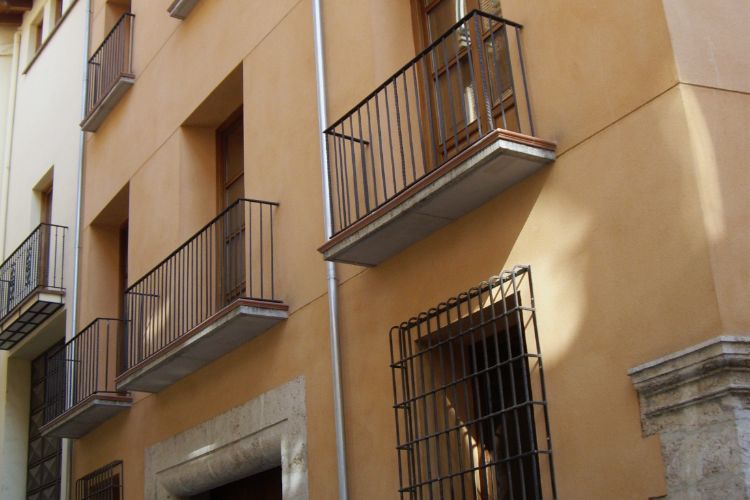
House of Rocas
ValenciaThe House of Rocas (Museo del Corpus - Casa museo de las rocas) in Valencia dates back to 1434 and was initially designed to house the special carriages (The Rocas) used as floats for the Easter and Corpus Christi processions. The history of these carriages goes back to the 15th century. The museum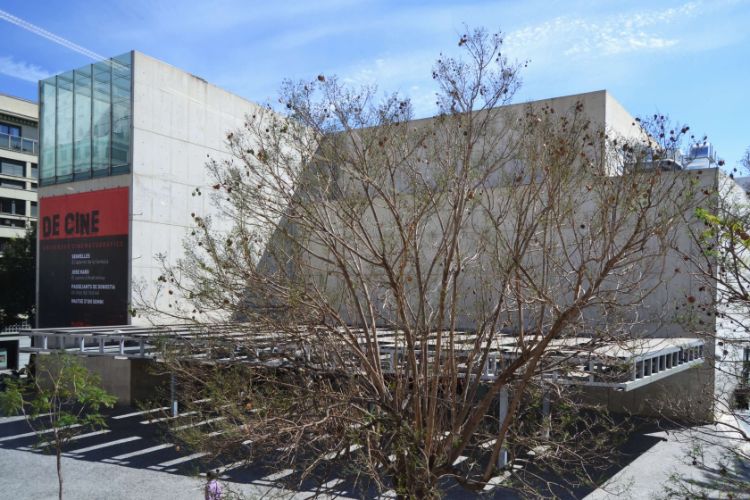
Museum of Illustration and Modernity
ValenciaMuseum of Illustration and Modernity (Museo de la Ilustraciòn y de la Modernidad) is a history museum in Valencia that offers a journey through time from the Middle Ages to modernity. As a part of the exhibition, you can see the remains of the Islamic Tower, which once stood here. To see the permane
Centre del Carme
ValenciaCentre del Carme in Valencia is housed in the old Carmen Convent and features various temporary exhibition rooms.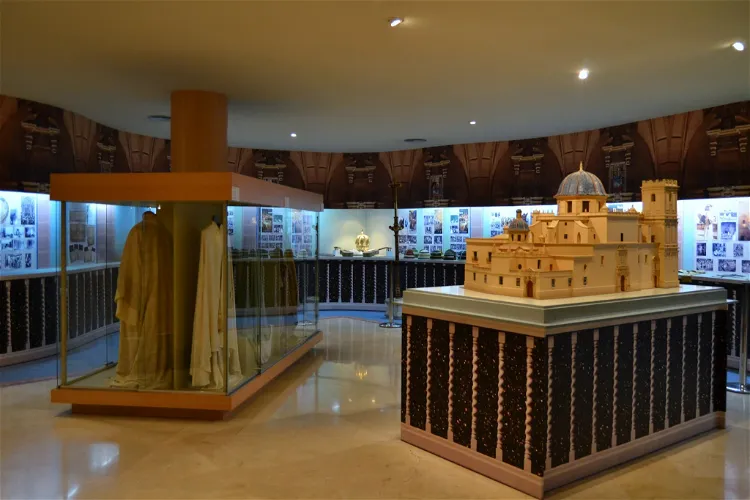
Museo de la Festa
ElcheThe Museo Municipal de la Festa in Elche, located in Alicante, Spain, was established with the aim of encapsulating the enchantment of the Festa and making it accessible to visitors all year round. This museum serves as a gateway to experience the unique cultural celebration, regardless of the time of your visit.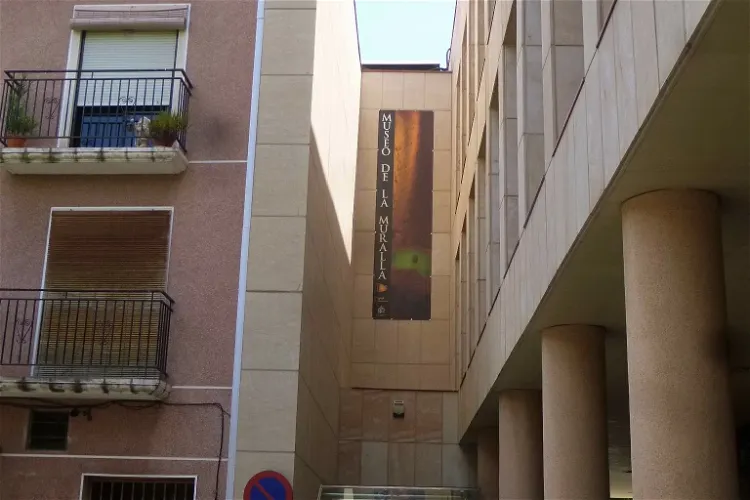
Wall Museum
OrihuelaThe Wall Museum of Orihuela is home to significant archaeological remains. These include Arab and Christian houses, a complete canvas of the Wall, and other fascinating constructions. One of these is a well-preserved Muslim bath located outside the walls. The bath has a reception room, cold room, temperate room, hot room, and a room where water was heated.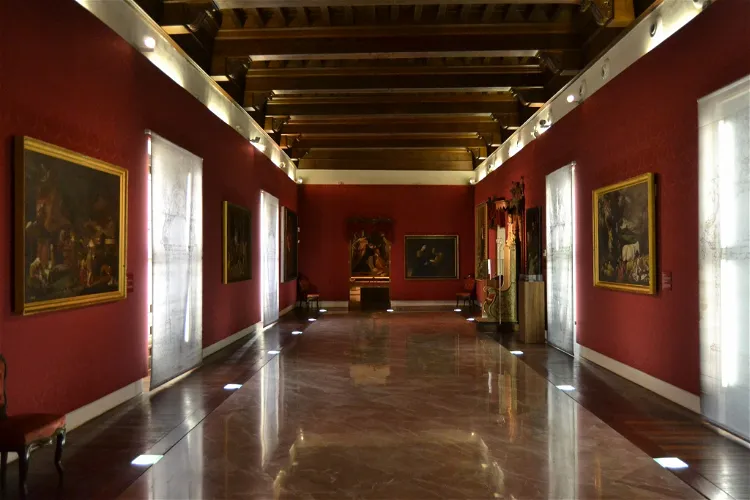
Diocesan Museum of Sacred Art of Orihuela
OrihuelaThe Diocesan Museum of Sacred Art is housed in the Episcopal Palace of Orihuela, a location that has been declared a Site of Cultural Interest. This historic building not only provides a fitting setting for the museum's collection, but is itself a significant part of the cultural heritage of Orihuela. Visitors to the museum will have the opportunity to explore this historic building as they view the museum's collection.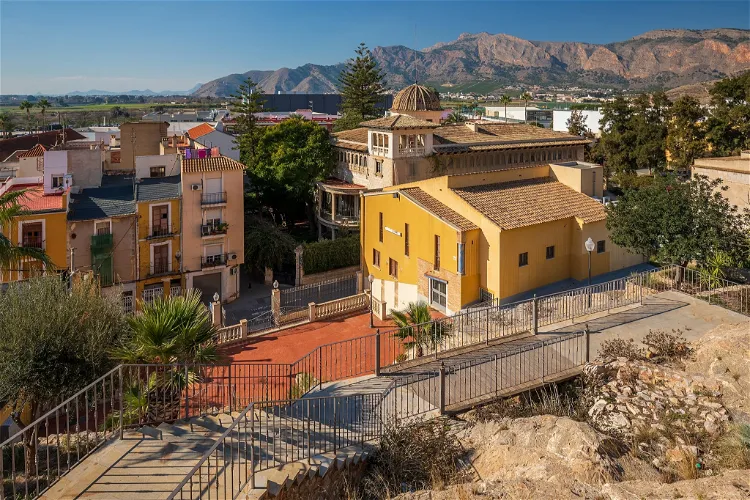
Museum of the Reconquest
OrihuelaThe Museum of the Reconquest Festivities is housed in two beautifully refurbished 19th-century buildings. These historic structures add a unique charm to the museum, making it not just a place to learn about the Reconquest festivities, but also a site to appreciate the architectural beauty of the 19th century.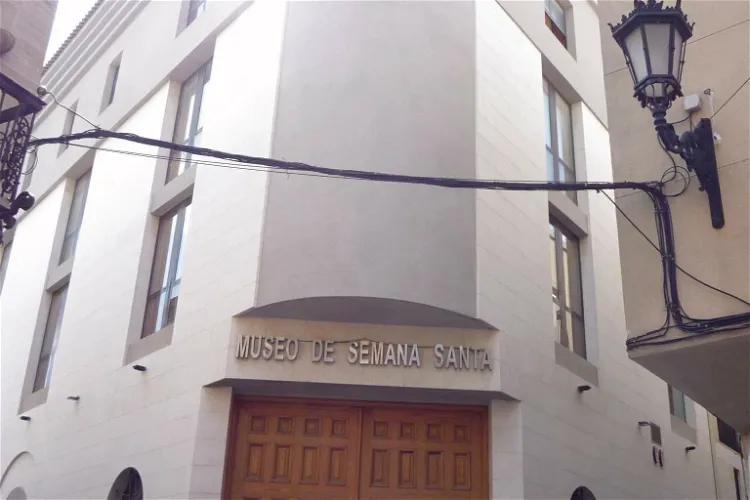
Holy Week Museum
OrihuelaThe Holy Week Museum of Orihuela is situated on the site of the Church of Our Lady of Mercy. This location is significant as it still retains its 16th century Renaissance facade, providing a historical backdrop to the museum's extensive collection of sacred art.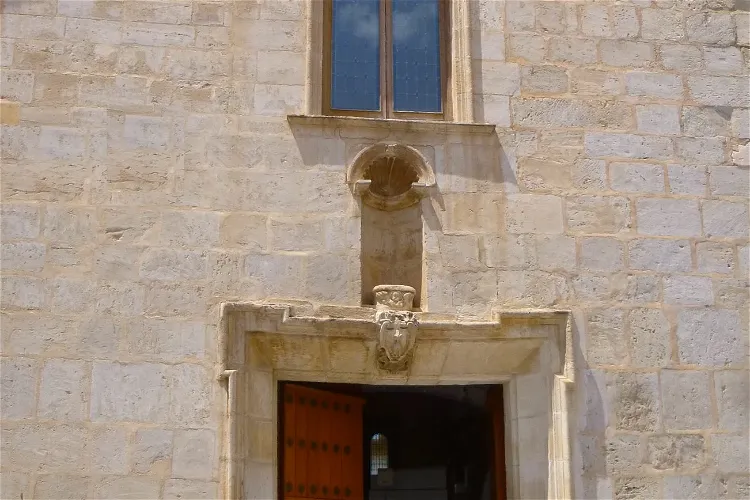
Regional Archaeological Museum of Orihuela
OrihuelaThe Regional Archaeological Museum of Orihuela is situated in the church and men's room of the former municipal hospital San Juan de Dios. This unique location adds a historical charm to the museum, making it an interesting place to visit for those interested in architecture and history.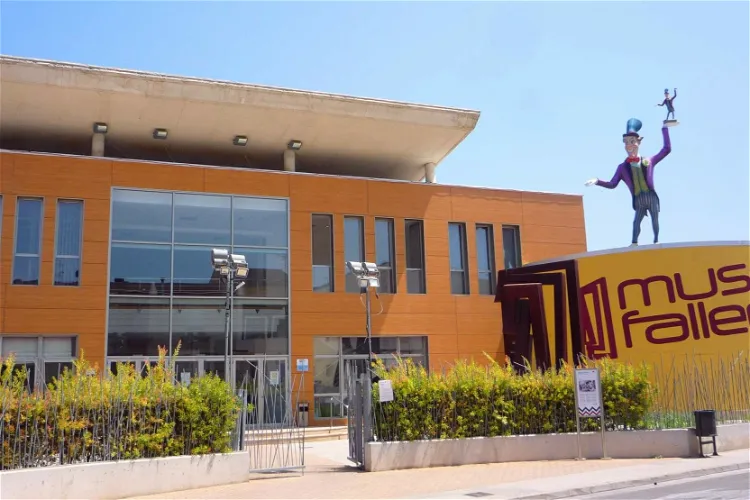
Faller Museum of Gandia
DeniaThe Faller Museum of Gandia, located in Valencia, is a unique institution dedicated to the interpretation of the Fallas festival. This museum provides an in-depth understanding of this traditional celebration, making it an interesting destination for tourists interested in local culture and traditions.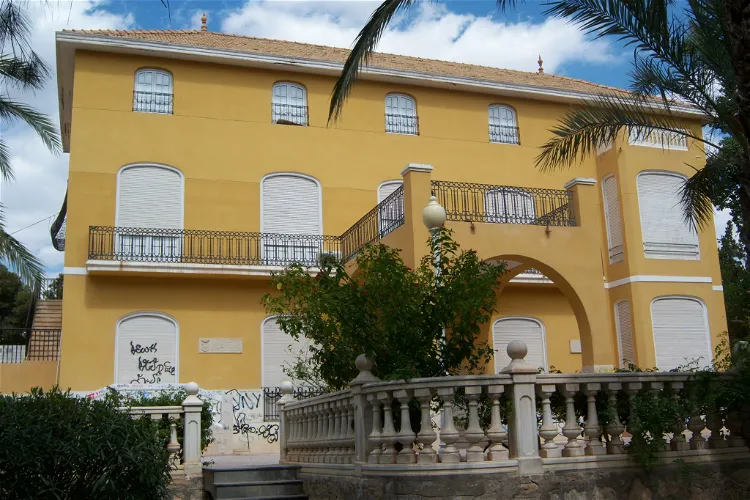
Archaeological Museum of Crevillent
CrevillentThe Archaeological Museum of Crevillent is housed in the Casa del Parque, a beautiful neoclassical building constructed in 1927 by the architect Juan Vidal Ramos. The building is located in the northeastern part of the urban area, next to the most important green area of the town, providing easy access and ample parking for large vehicles.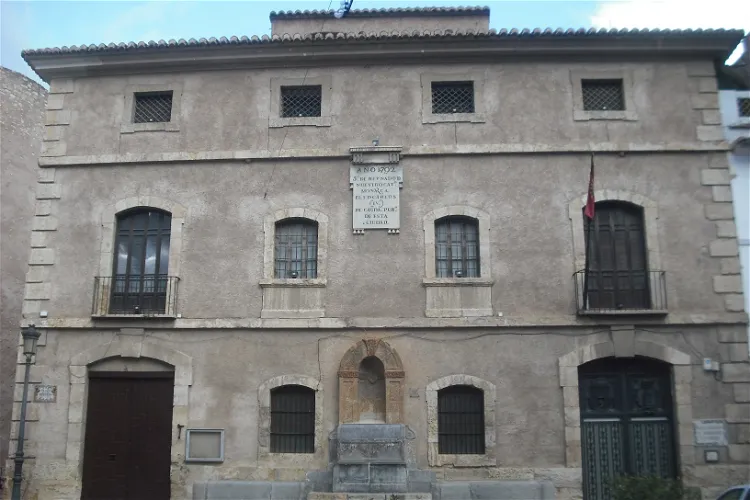
Segorbe Municipal Archaeological and Ethnological Museum
SegorbeThe Segorbe Archaeological and Ethnological Museum is housed in a neoclassical building that was erected in 1792. This building, known as the old Barracks House, is conveniently located in the Mesones square. It is in close proximity to the medieval aqueduct and the Botxí and Jail towers, making it a part of the rich historical landscape of Segorbe.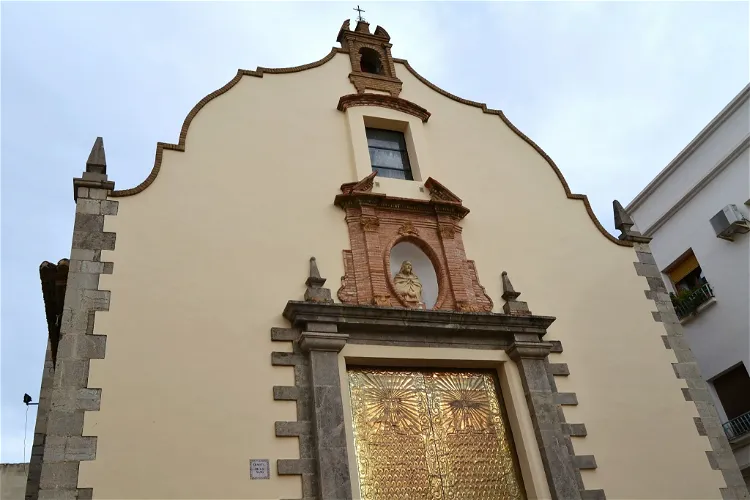
Ermita de la Sang
SaguntoThe Ermita de la Sangre, also known as the Ermita de la Purísima Sangre, is a significant historical site located in Sagunto, Spain. It is the largest hermitage in the entire municipality. This baroque-style building, constructed in the 17th century, offers a unique glimpse into the architectural and cultural history of the region.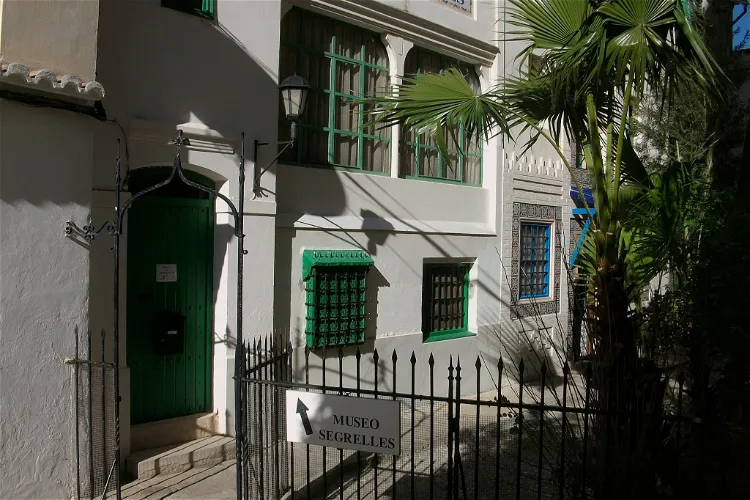
José Segrelles House-Museum
AlbaidaThe Segrelles Museum is a tribute to the life and work of the Valencian painter Josep Segrelles. It is situated in the city of Albaida, in the province of Valencia, Spain. The museum offers a unique opportunity to delve into the artistic journey of this renowned artist.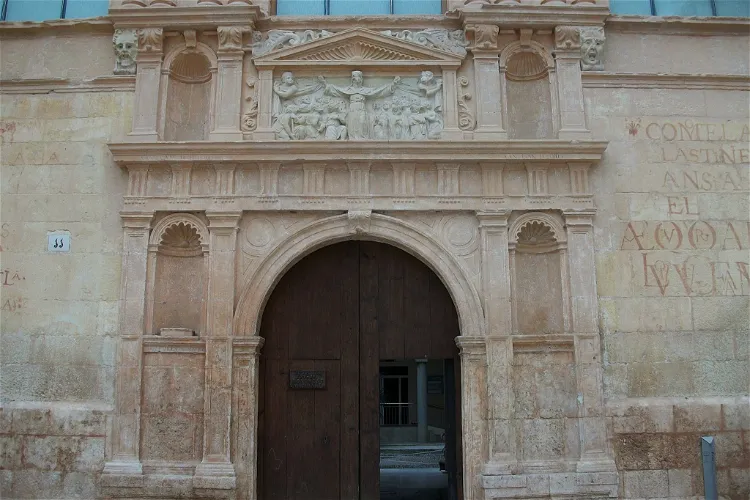
Royal Hospital
JátivaThe Municipal Hospital of Játiva has a rich history that dates back to the 13th century. It was founded by James I of Aragon in 1250, following the reconquest of the city. By the 15th century, the hospital had outgrown its capacity, leading to the need for expansion. This was achieved by acquiring neighboring houses, eventually occupying the entire block. The construction of a new hospital also began during this period, extending into the 16th century. This historical evolution of the hospital provides a fascinating insight into the city's past for tourists.